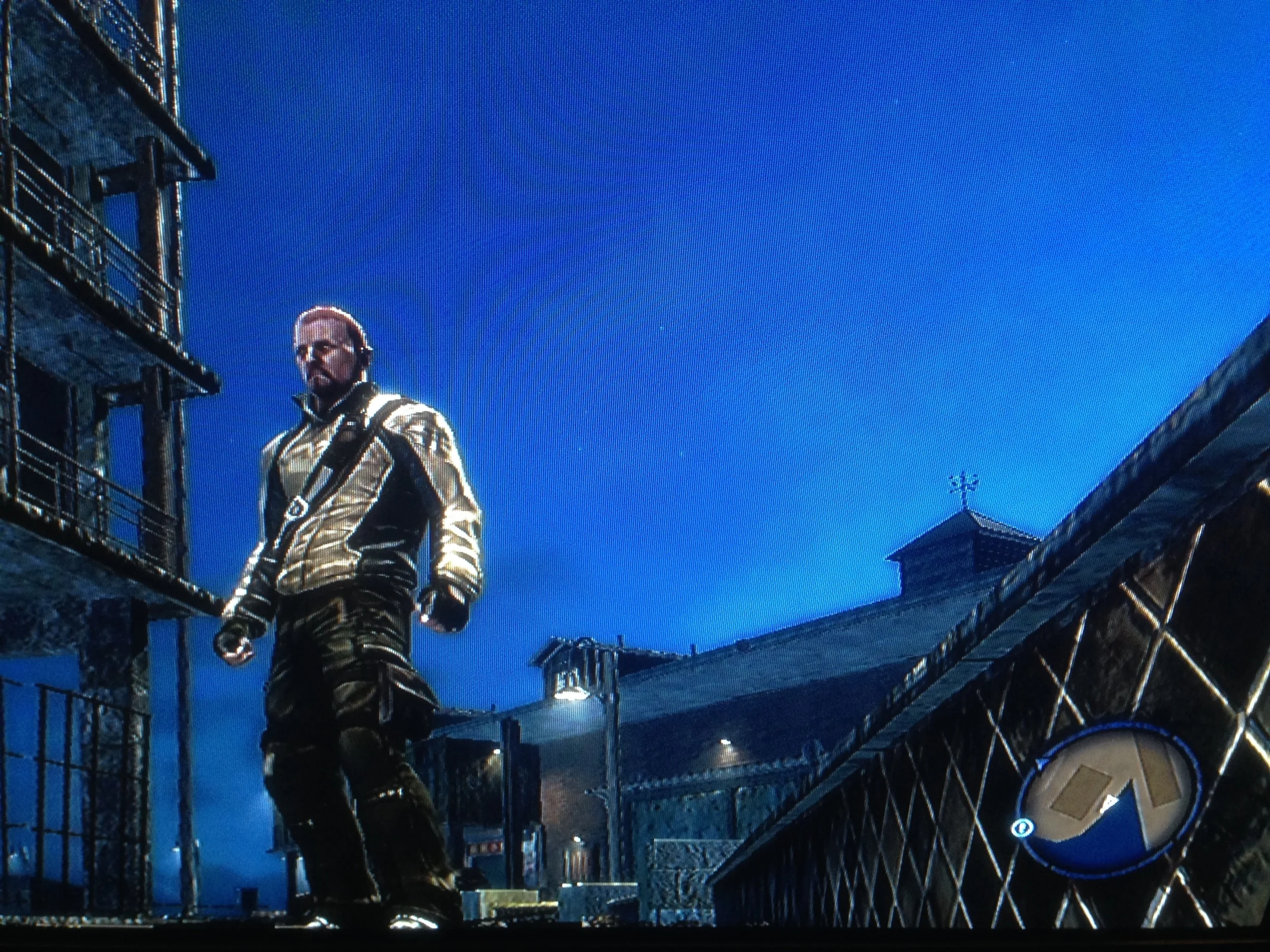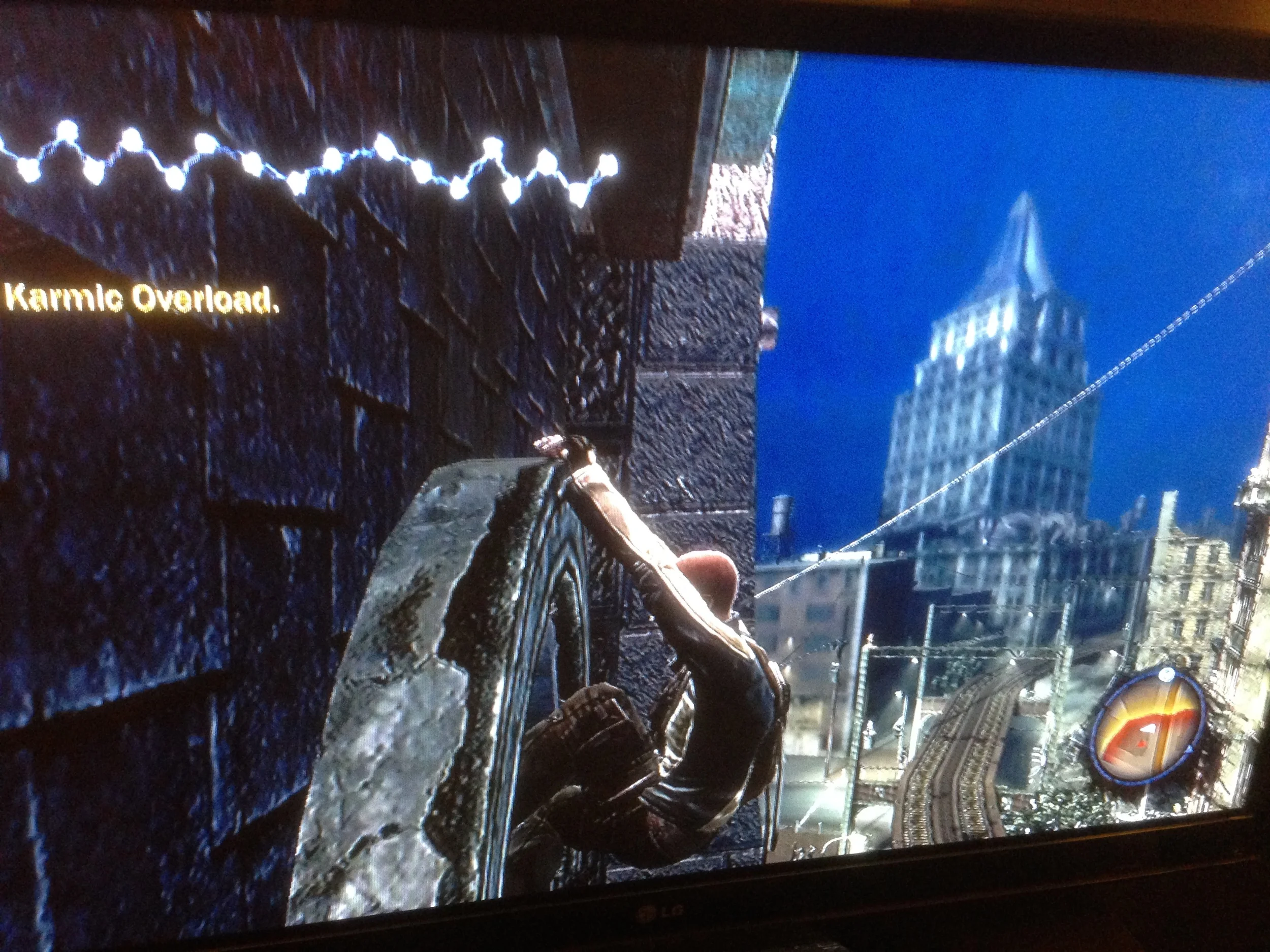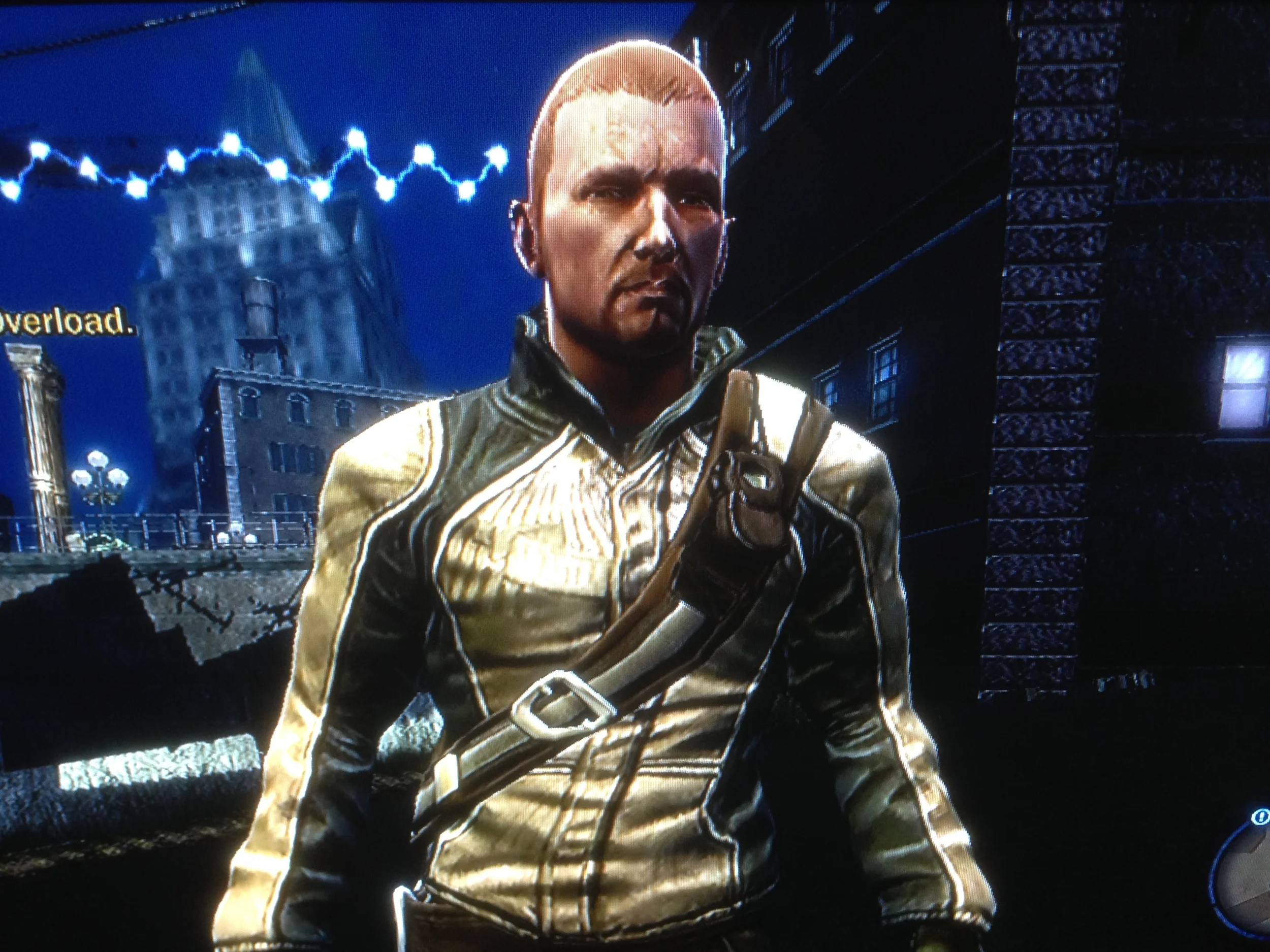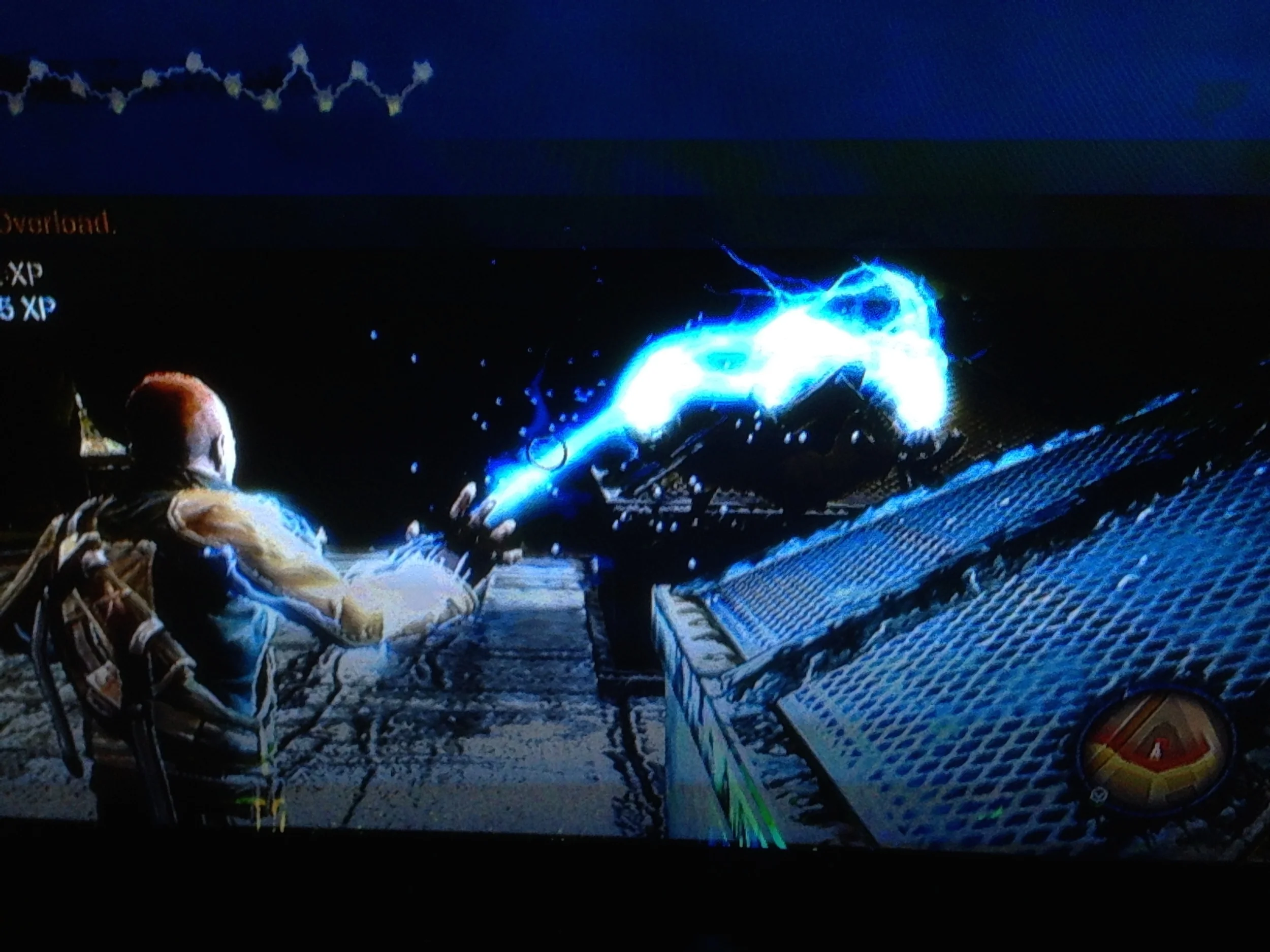How has Cole MacGrath aged over the past five years for someone who never played the PS3 classic?
Cole MacGrath
On my 31st birthday, I took the day off work to celebrate by way of uninterrupted video gaming bliss. Specifically, I planned to finish the original inFamous (2009, PS3) as a self-prescribed prerequisite to buying the newly-released inFamous: Second Son on PS4. I had started this game a few weeks prior, but a quick glance at some online guides assured me the ending was well within reach. With excitement building for some next-gen gaming, I had the end of the original locked squarely in my sights.
As a side note, the completionist part of me wanted to fast-track through inFamous 2 as well, but I feared so much concentrated time as Cole MacGrath, the protagonist of the first two inFamous games, would cause some franchise fatigue. In an attempt to avoid that, I planned to jump straight to Second Son.
As expected, I wrapped up Cole’s inaugural adventure mid-afternoon and proceeded to download Second Son to my PS4 immediately after, but this is a post dedicated to the past. This seemed like a unique opportunity to spend a little time sharing my thoughts on this five-year-old game as I experienced it through a 2014 lens. Let's dive in.
WIDE WORLD
As an open-world endeavor, inFamous draws immediate comparisons to a number of other games: Rockstar’s stable of franchises (Grand Theft Auto, Red Dead Redemption and, to a lesser-extent, L.A. Noire); 2007’s Crackdown, which also has a superhero vibe; and the Assassin’s Creed series, which shares some vertical traversal elements. Despite the the shared ancestry, inFamous stands decidedly apart from any of those experiences for me because of three key elements: movement, story, and superpowers.
KEEP IT MOVING
Movement is everything in inFamous, and the sense of fluidity you get from zipping around Empire City as Cole is unmatched in any other open-world experience. The graphics are certainly outdone by later content on the PS3 (and certainly the PS4), but the sense of movement felt new and fresh to me, even as a now-five-year-old game.
Grinding is a whole lot of fun, and I loved the sense of momentum you get when the end of a wire sends you flying.
Gliding down from high jumps helps reduce timing frustration, is super fun, and looks stellar.
“Grinding” on power lines between buildings and along the elevated train tracks quickly emerges as a real highlight, but the addition of electric gliding through the air really makes this movement system shine. Hopping off a building, gliding to a wire, riding that for a while until you’re flung off, only to soar up and then glide down all the way to the pavement below delivers a sensation that’s unavailable elsewhere.
I was actually a bit surprised, though, to note that the wall-climbing was similar to (but more enjoyable than) the climbing mechanic introduced two years earlier in 2007’s Assassin’s Creed. It’s less realistic in inFamous, but it’s more forgiving and, thereby, fun because of it. More games would do well to remember that players don’t really want to be too bogged down in the reality of pulling off tricky maneuvers. It’’s more immersive when a game smooths over your shortcomings and lets the fantasy of the hero-who-knows-how-to-do-everything-well play out the way it would in a movie. Batman doesn’t, for example, repeatedly miss jumps, so why should our game characters?
inFamous Creed?
STORY OF HIS LIFE
Before I talk about the attack-based superpowers, it’s worth mentioning a bit on the story, which can be hit-and-miss. Much of the game’s exposition happens through animated comic book panels. This works well, both to convey a cohesive plot and to honor the material that clearly inspired this world. However, the in-engine cutscenes really look dated. Character models for Cole, Zeke and Trish are serviceable for basic movement, but have no subtlety and end up looking like wooden puppets performing a poor man’s pantomime.
Cheer up, Cole!
Also, most of the in-game cutscenes let you retain character and camera control throughout, which (for me) lessens the emotional impact when used in any game. I spend the entire time fiddling with the camera to properly frame the scene (attempting to fulfill my armchair director’s dream), but end up not focusing on the dialog. Either give me an audio-only log or get a cinematographer to frame the scene. For inFamous, I wish they would have kept more of the story to the motion comics.
Presentational quibbles aside, the story is surprisingly decent and has a few good twists, along with a very binary morality system. It’s disappointing that all of the story branch points boil down to a decision of whether you want to be selfless hero or greedy almost-villain. This is not Telltale’s The Walking Dead by any stretch of the imagination, but it does help you invest a little more in some of the story beats. I won’t spoil any of the major late-game developments, but they don’t disappoint!
ELECTRIFIED
When you’re not making decisions or watching cutscenes, though, you’re probably zapping waves of the game’s endless supply of enemies. There’s a decent amount of diversity to the foes you’ll face: each of the city’s three main islands has a different collection of “reapers” (citizens-turned-villains by way of mind-control black ooze). Each group then is subdivided into different types with different attacks, strengths and strategies. Even on the “easy” setting, I found that the game offered a satisfying challenge throughout the main and side missions.
Cole’s collection of electricity-themed super powers primarily involve different ways to electrocute the enemies, but you unlock them over the course of the game (a la Metroid) and they’re shaped by your moral choices (certain powers are restricted to “good” or “evil” players) and can be evolved by spending XP (offering some very light RPG elements). My favorite power was a two-part affair: throw a ball of lightning up into the air, then lightly zap your real target and watch the original ball redirect mid-air to your secondary target.
It felt like the superhero equivalent of a basketball “alley-oop,” only I could execute the whole operation myself. And that perfectly sums up the sense of being super-powered that inFamous achieves: Cole is able to do so much more than the average person that it makes sense that you can tackle so many challengers and survive.
Blurred Lines.
HECK OF A RIDE
In fifteen or so hours I spent with inFamous, I had a heck of a ride. This is a game worth playing, even though its next-gen younger sibling has arrived. If you have the chance to pick it up, it’s a very worthwhile introduction to the broader franchise. While I’ve since moved on to Second Son, I’m quite pleased with my decision to take this detour into one of the PS3’s breakout exclusives.








